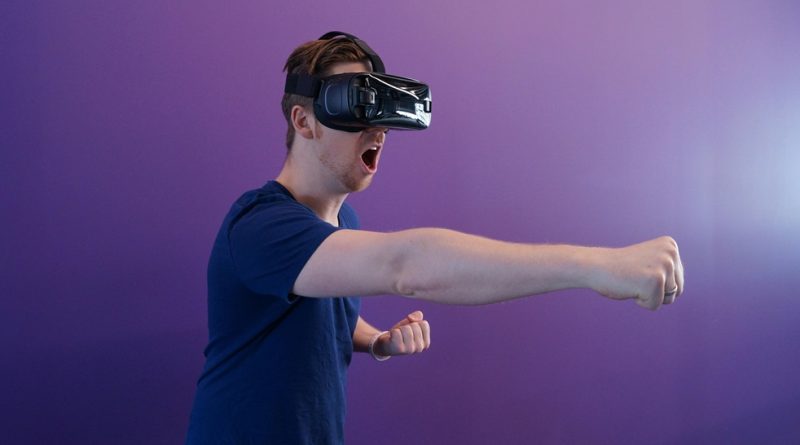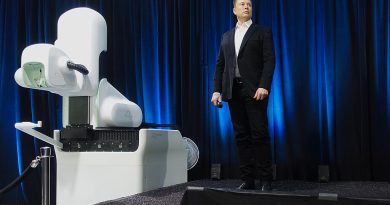How Augmented Reality is Changing the Shopping Experience
For years, online shopping has had one major disadvantage compared to visiting a physical store: the “imagination gap.” You can look at photos of a couch, but you can’t be sure how it will actually look in your living room. You can see a pair of sneakers online, but you can’t know how they’ll look on your feet.
That gap is now being closed by a powerful technology that lives on the device you already own: your smartphone. Augmented Reality (AR) is moving beyond social media filters and games like Pokémon Go. It has become one of the most transformative tools in modern retail, fundamentally changing how we shop by allowing us to bring digital products into our real world.
AR is bridging the gap between the digital and physical, making online shopping more confident, more personal, and a lot more fun.
1. The Virtual Try-On: Clothing, Makeup, and More
This is one of the most powerful applications of AR in retail. Using your phone’s camera, “virtual try-on” technology overlays a digital version of a product onto your body or face in real-time.
- How it works:
- For Makeup & Eyeglasses: Beauty brands like Sephora and L’Oréal have integrated AR into their apps. You can use your front-facing camera as a digital mirror and instantly try on dozens of different shades of lipstick or styles of sunglasses without ever leaving your home.
- For Sneakers & Watches: Brands like Nike and Gucci have created AR features that allow you to point your phone’s camera at your feet or wrist and see a realistic 3D model of their product appear as if you were actually wearing it.
- The Benefit: This solves the biggest problem of online apparel shopping: uncertainty about fit and style. It dramatically increases buyer confidence and has been proven to significantly reduce product returns.
2. “See It In Your Space”: Furniture and Home Decor
Swedish furniture giant IKEA pioneered this concept with its IKEA Place app, and it has now become a standard feature for home goods retailers.
- How it works: You find a piece of furniture you like on a retailer’s website or app. You tap the “View in your room” button, and your phone’s camera will turn on. You can then place a true-to-scale, realistic 3D model of that couch, table, or lamp anywhere in your physical space. You can walk around it, see it from different angles, and check if its dimensions and style truly fit your room.
- The Benefit: This eliminates the guesswork and risk of buying large, expensive items online. You can be confident that the new armchair will actually fit in that corner or that the rug’s color won’t clash with your floor before you spend a dime.
3. The Interactive Store: Enhancing In-Person Shopping
AR isn’t just for online shopping; it’s also being used to create a richer, more interactive experience inside physical stores.
- How it works: A customer can point their phone’s camera at a product on a shelf, and an AR overlay can appear, showing them additional information, customer reviews, or even videos of the product in use. Some stores are using AR for “gamified” experiences, creating virtual scavenger hunts or interactive displays to engage customers.
- The Benefit: This brings the richness of online information into the physical retail space, giving customers a more engaging and informed shopping experience.
Why Retailers Love It
Companies are investing heavily in AR because it has a direct and powerful impact on their bottom line. It not only increases sales by boosting buyer confidence, but it also significantly cuts down on the massive operational costs associated with handling product returns.
Augmented reality is no longer a gimmick. It has become a fundamental utility that is making the entire shopping experience—both online and in-store—smarter, more personal, and more seamless than ever before.




